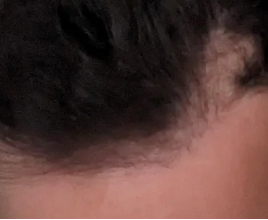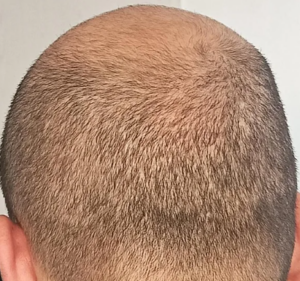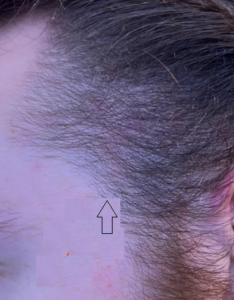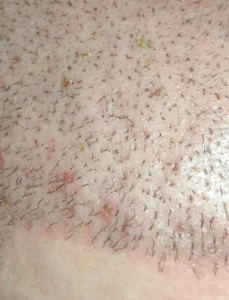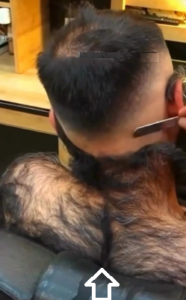So I’m 34 and had a fue hair transplant 7 years ago (1000 grafts ) it was probably to young for me to do.. but you live and learn. I know I’ll eventually have to get another transplant & I’m tempted to soon .. but I’m trying to hold off getting another one soon as I know the donor area has around 6000 grafts to be used over your lifetime ,with medication I’ve only stuck to natural remedies(should of jumped on fin/min earlier.. ) but here we are . I know I need to make a decision, what are your experiences with topical solutions ?
Try three things: 1) finasteride, 2) oral minoxidil, and 3) microneedling. If within 8 months you don’t get results from this combination of things, then a hair transplant by a good, competent doctor is the next thing to do. If you can’t tolerate oral finasteride, then topical liposomal finasteride is an excellent option as it mostly stays in the scalp. After having had one hair transplant and being 34 years old, I doubt the medications will regrow your hair. If you don’t want medications, then you can go for another hair transplant, and considering this would be your second, I suspect it will work well. Depending upon your donor hair thickness, a good hair transplant surgeon can determine how many grafts you need and predict your probable outcome. I do this, and I have been doing it for 33 years, all with follicular unit grafts before anyone was on to it.
[If you have any questions, you can reach me at williamrassman33@gmail.com]
